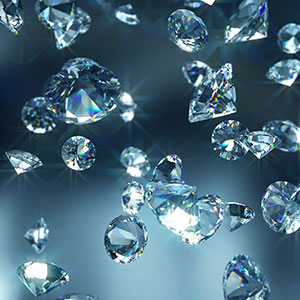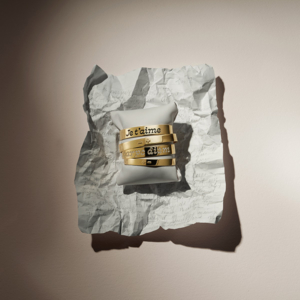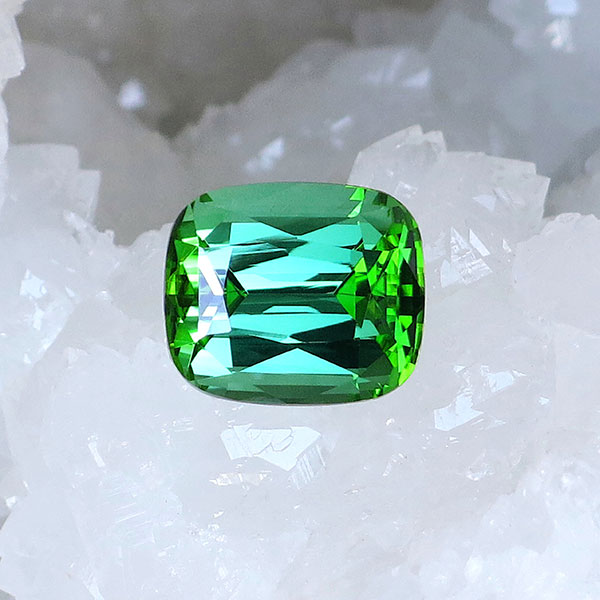
Gem dealer Roland Schluessel (pictured below) is, quite deliberately, not a specialist. The Swiss trader behind San Francisco–based Pillar & Stone International learned his lesson about focusing on a specific region or gemstone when he arrived in the United States 15 years ago and discovered that the Burmese gems in his inventory were sanctioned by the U.S. government.

“It hit my business because then came the Burma ban,” Schluessel told JCK on a recent phone call. “Now, when someone asks me, ‘What do you do?’, I say, ‘Whatever is special and beautiful.’ Our main focus is sapphire, tourmalines, all the types of beryl, spinel, of course. And then we do Burmese jadeite.”
In fact, Schluessel is so entrenched in the world of jadeite that he recently contributed to a new book, Jade: A Gemologist’s Guide, written and published by gemologist Richard W. Hughes. Anyone headed to Tucson next week can get more information about the book, which Schluessel described as “the authoritative work for decades to come,” at the Pillar & Stone International booth (#1127) at the GJX show.
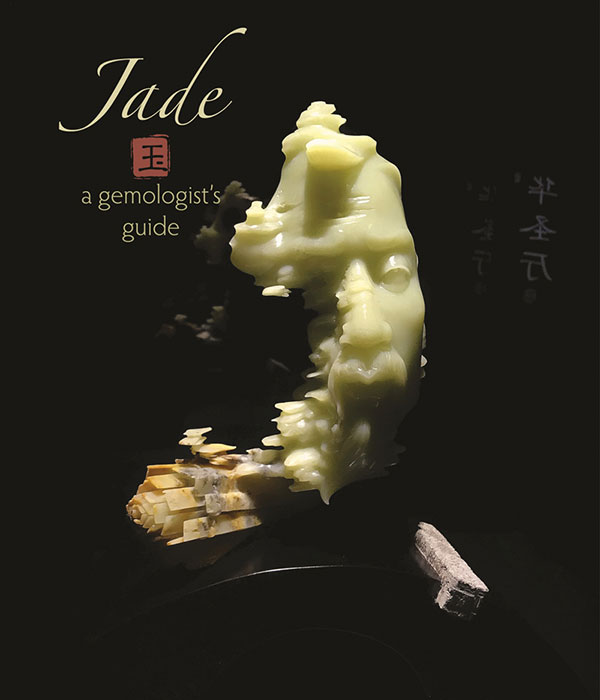
Below, Schluessel talks to JCK about the state of the colored stone market on the brink of the Tucson gem shows, why closing a mine is like stopping a massive train, and which gem he is banking on as “the next paraiba.” The interview has been lightly edited for length and clarity.
What are your expectations for the gem shows this year?
Tucson will be, from a visitors’ and buyers’ perspective, an American show. I don’t think many buyers from overseas will be there. And traffic will be much less. The reason why is because when you speak about traffic, you have many visitors like appraisers who are there to look for information. They are more like affiliated businesses, not buyers or sellers. Most of them will not be there; they can get information online, or do Zoom, and they don’t want to take risks.
Let’s back up for a moment. How was business in 2021?
In 2020, during the lockdown, it was a disaster, but things started to get better in August/September, followed by a good holiday season. Last year was our best U.S. market year ever.
What were people buying?
Everything! At the end of 2020, you could sell a spinel, a ruby, a tourmaline, a sapphire, whatever you had that was special. People called it the lockdown period. I called it “the empty-drawer period.” Everybody was home for three months and emptying their drawers. I started to have a lot of appraisals for people who had this and that. And we looked through our own drawers and started to offer things.
In 2021, clients were a little bit more selective; it was not just a rush to buy. But we had less competition than before COVID. I know clients that booked an expensive cruise vacation and it was canceled, and they ended up buying gemstones.
That’s been the story of the past two years.
I’m hearing it now again. All these reservations for vacations in Dubai, in Bangkok, and now with the omicron variant, it’s all canceled again because when you go to Thailand, you have to do seven days quarantine.
What were the colored stone trends you saw emerge in 2021?
In color, it was anything that was blue or blue-green that was absolutely No. 1. What people want now is brightness. People want stones where they see the brilliance, the brightness—you have to be able to see the back facets, the pavilion facets.
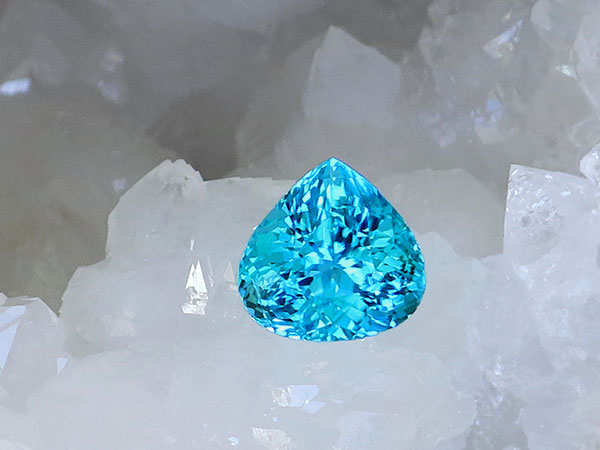
Many stones that are saturated, that might not be the case. Take spinel. Everybody talks about red spinel. Investors and purists want red red, but a normal jewelry client will choose pinkish-orangey red because it almost looks like pinkish-red paraiba, but a little less saturated. That’s been the trend of the last year and a half.
And what were your retailer clients selling?
When you have a store, you’re going to sell tourmalines, aquamarines—anything in this blue-to-green color. Of course, paraiba tourmaline. Then you have pure green—which, of course, is emerald. Spinel was good last year; it could be pinkish red, even a nice gray, but not dark. What always sells, no matter how things are, is blue sapphire—in Europe and the U.S.
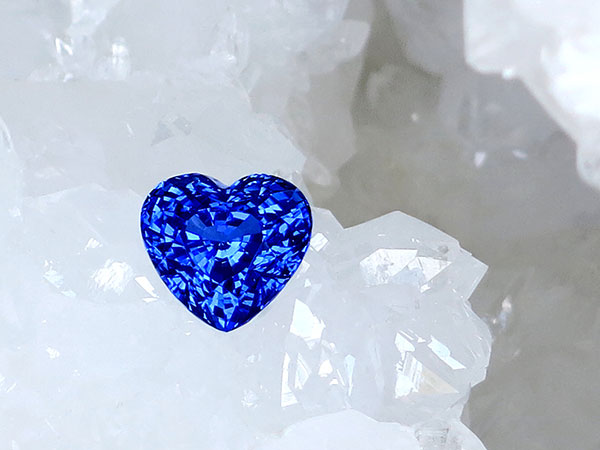
What’s your take on the supply side? Should buyers prepare for constraints on goods?
The supply problem, it comes and goes. For example, Sri Lanka was heavily hit at the beginning of the pandemic, so there was no material coming out. Mining is not like retailing. Retailing, you open and close a store, it takes a couple hours. But mining is like a huge train you have to slow down, and it takes very long to restart.
Colored stone mines, not counting big ones like Gemfields, are very small. Most are the size of a garage with a couple cars. To close them, they just leave the mine. They stay at home instead of going to work. But once you don’t go to work, the mines are very quickly destroyed. You have the rainy season, the water. A huge diamond or ruby mine, they put it on maintenance for months, but in colored stone mining, where you have all this artisanal mining, the mine is very often destroyed and you have to start completely new.
Have any specific mines or gems been especially impacted by the pandemic?
Sapphire from Sri Lanka and from Africa—Madagascar, Tanzania—was affected badly last year, but stones are slowly coming out now. Sri Lanka in 2020 and the first part of 2021, it was tough to get nice merchandise (not these rare stones that stay on the market for 10 years, because they’re 50 carats, but a nice 3 carat oval cushion, it’s difficult).
Since 2015, I’ve said Mahenge spinel is the next paraiba. If somebody sees a nice Mahenge spinel, you’d better take it. It was not a problem to get a 10-carater a few years ago. Now it’s difficult to get a 5-carater. And prices are going up.
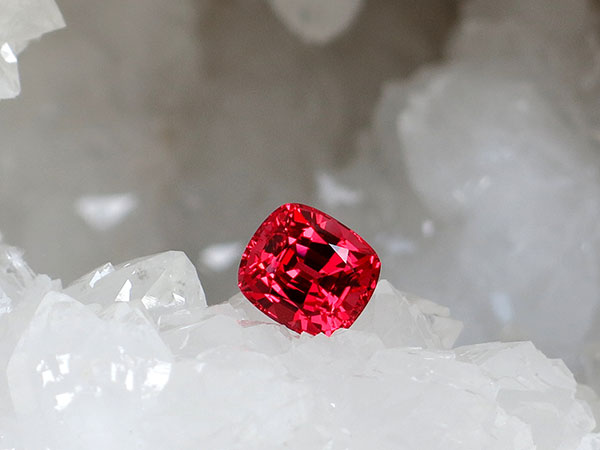
What are some good buys in the market right now?
I have a saying: A good padparadscha always sells. If you find a nice, good color-balance padparadscha that is not windowed—because 95% are cut with a window—that’s a stone to take. Blue-green—bright, not dark—tourmaline. This typical beautiful color, almost like a paraiba but without the copper, up to indicolite. These fresh, beautiful, bright colors of tourmaline. When I see one of these, I try to buy.
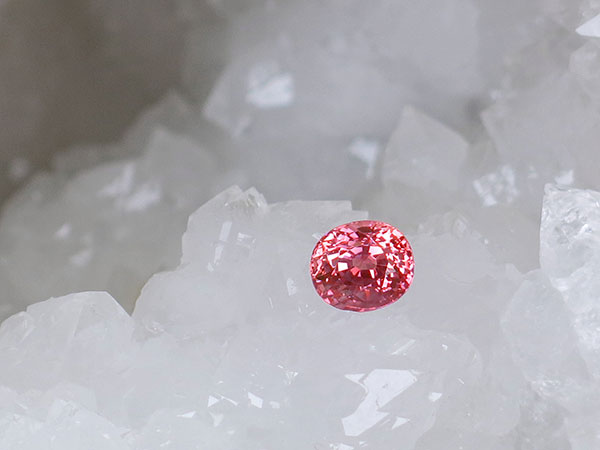
Do you have any tips for buyers heading to the shows?
Buyers are very close to the market because they are very close to the consumer, and they see what their consumer bought the last couple years. On the other hand, the danger of the retailer is he can only sell what he has. If he has no spinel or fancy colored sapphire or beautiful tourmaline in the showcase, the client doesn’t know it exists.
The internet helps a little bit—that’s what happened during COVID: People went online to inform themselves. They went online and started to discover and because they had time, they started to browse gemstones and they discovered brightness, they discovered paraiba tourmaline. So they went into the store and asked for it. Retailers should have realized that what people want is happy color: bright, happy, sexy stones.
Top: A 34 ct. tourmaline from Afghanistan (photo provided courtesy of Pillar & Stone International)
Follow JCK on Instagram: @jckmagazineFollow JCK on Twitter: @jckmagazine
Follow JCK on Facebook: @jckmagazine

